
Founded 1826
424 Fifth Avenue
New York 18, New York
WIsconsin 7-3300
Lord & Taylor
The Signature of American Style
It would only be natural to refer to Lord & Taylor as a "legendary" department store, since it was founded as long ago as 1826, but its history reveals a number of fascinating "legends" that surround its inception so long ago. The first of these is the story of one Miss Ann Fernover, who noticed a new store at 47 Catharine (now Catherine) street in lower Manhattan. Entering the yet-unfinished premises, she unwittingly became the first customer of Lord & Taylor, when she bought a bolt of cloth from Samuel Lord, who put down his hammer and offered to wait on the lady. In 1926, when Lord & Taylor celebrated its centennial, it noted that Miss Allan H. Adriance, the great-granddaughter of its first customer, was among its current patrons.
Samuel Lord (1803-1889 ) was born in Yorkshire, England and, after being orphaned by the age of 6, worked in the local foundry owned by a Mr. James Taylor. By 1824, Lord had married his boss's daughter Mary, and moved to the New World where, after sampling life in Pennsylvania and New Jersey, settled in New York by 1825.
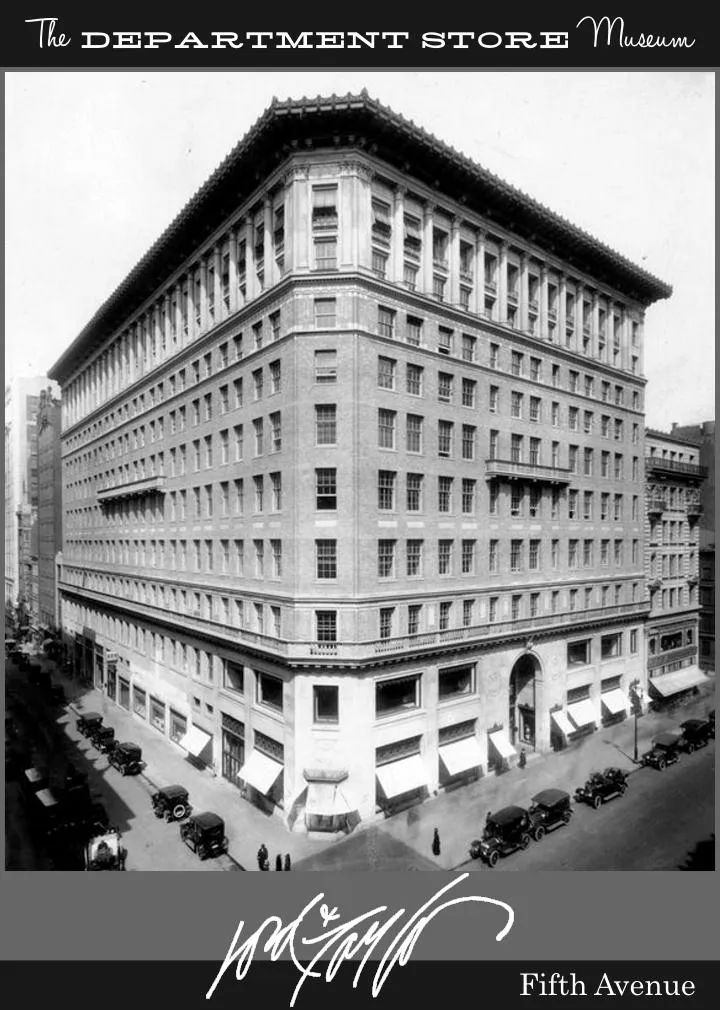
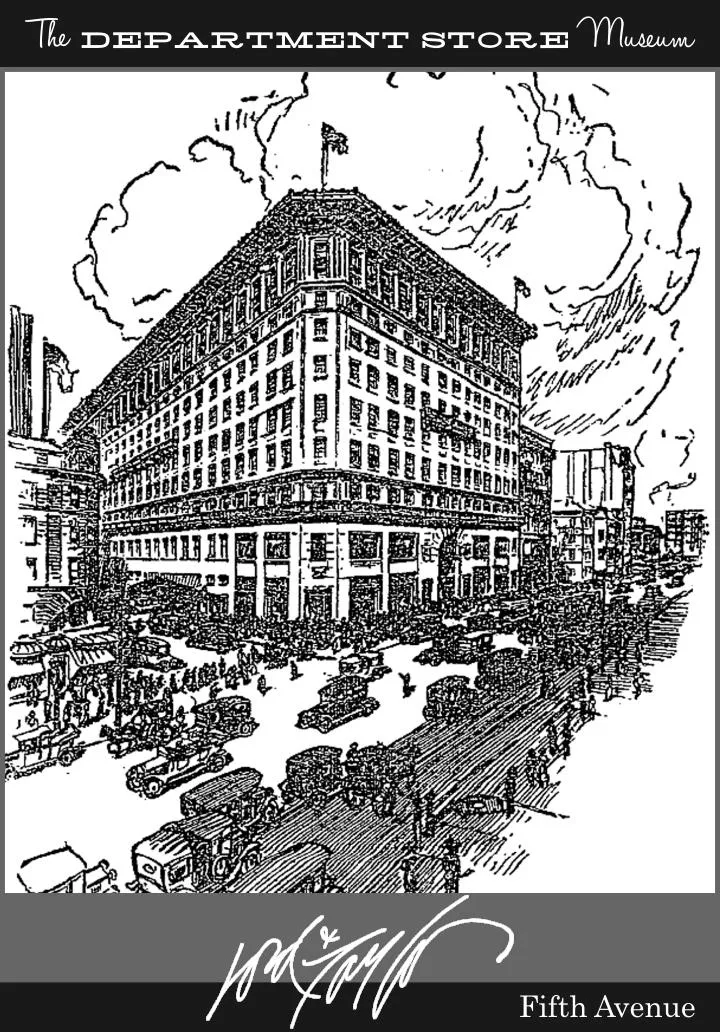
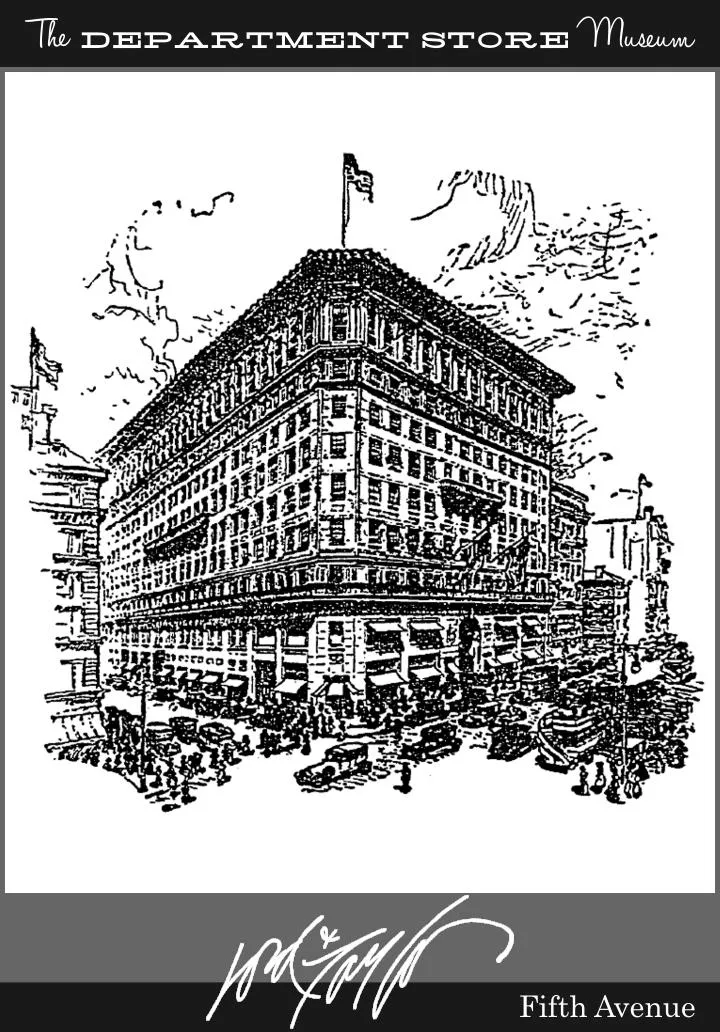

History
In 1826, he opened his dry-goods establishment on Catherine Street, and was soon joined by his wife's cousin George Washington Taylor ( -1838) who had been employed as a warden at New York's Bridewell prison. It is at this point in the Lord & Taylor story that the second of the aforementioned legends comes into play. While Taylor worked at Bridewell, there was a sensational theft of the crown jewels of the Netherlands. A prisoner confided in Taylor the name of the culprit, and the fact that the thief was on a ship heading from the continent to New York.
Armed with this knowledge, Taylor duly met the ship, arrested the criminal, and recovered the jewels. For his part, Taylor was rewarded a tidy sum, and it was this money that financed the Lord & Taylor store.
If the legend is true, then it's true that the money was well-spent. Lord & Taylor began with a reputation for selling only merchandise of the very highest quality, and the partners soon found that their shop was unable to handle the crowds of "carriage trade" patrons that wished to do business there. So, in 1832, the partners acquired the building next door at 49 Catharine Street, and within 6 years they had moved to even bigger quarters across the street at 61-63 Catharine. These initial moves were the first steps in a story of growth and expansion, following customers as they moved northward on Manhattan Island.
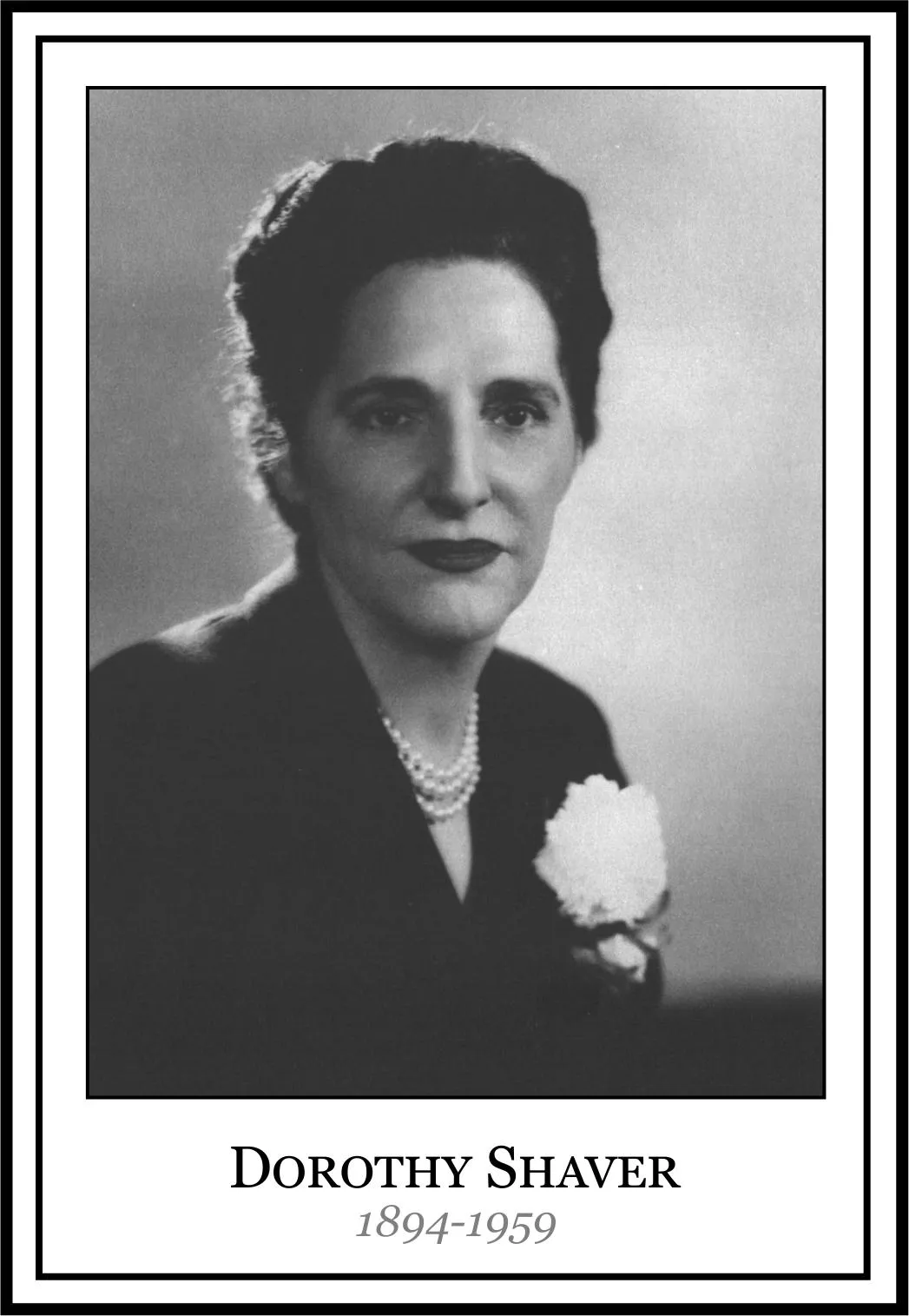
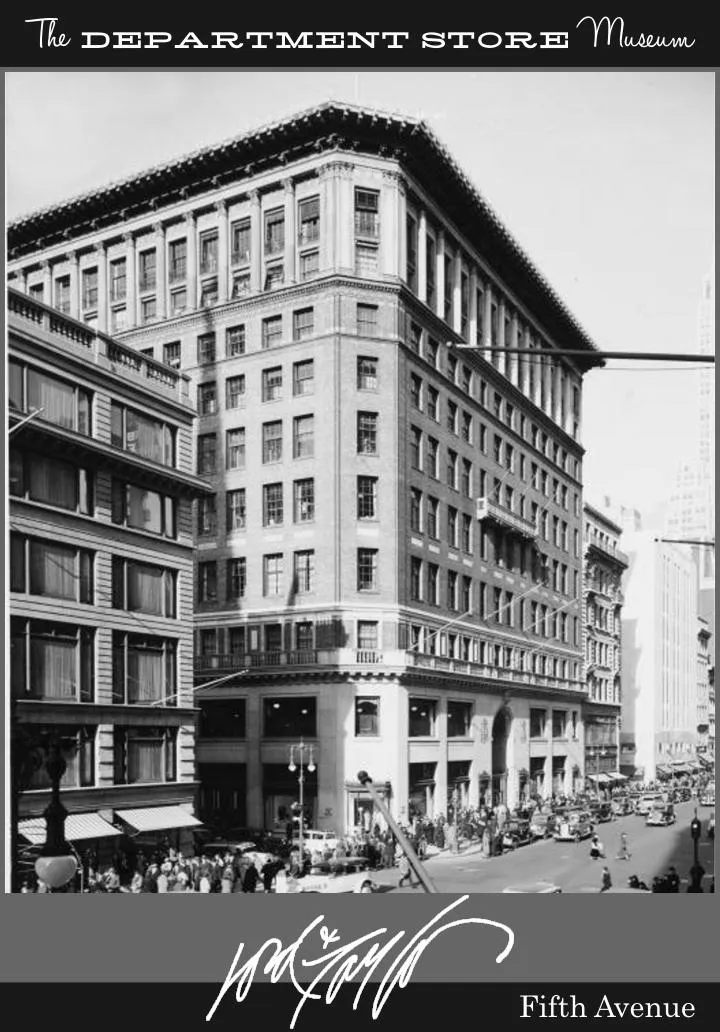
Upon Hatch's death in 1909, T. H. Emery, who guided the store's wholesale business, was elected president. Emery appointed Hatch's grandson, Wilson Hatch Tucker, as director of the retail division. During this time, a controlling interest in Lord & Taylor was acquired by the United Dry Goods, a retail-store subsidiary of the H. B. Claflin wholesale company.
A move to a new, 550,000 square foot edifice at Fifth Avenue and Thirty-Eighth Street, designed by well-respected architects Starrett and Van Vleck, occurred in 1914. The ten-story Italian Renaissance revival-style building, widely accepted as one of the most beautiful retail facilities in the United States, was clad in taupe-toned masonry with limestone trim, and featured a signature chamfer at the southeast corner of the store, expanding the vista down Thirty-Eighth Street from Fifth Avenue. The building contained many innovations, such as display windows that lowered themselves into the basement to be redecorated, a truck ramp to eliminate street-side deliveries, and a top floor roof garden for the benefit of employees. The beautiful street floor was clad in travertine and featured a ceiling of vaults supported on shallow jack arches that spanned from column to column,
As in 1872, though, the timing of the move and the investment required to accomplish it was far from ideal. The wholesale business of the H.B. Claflin company collapsed in 1914, leaving United Dry Goods and its subsidiaries in trouble. The solution to the problem was a brilliant one, and served to set Lord & Taylor on the path to even greater success than it had seen in its 88 previous years. Twenty-four New York banks assembled a credit package of 6 million dollars, and appointed Samuel Reyburn
(1873-1972) as treasurer in order to represent their interests. Arkansas native Reyburn went on to become president of Lord & Taylor and then Associated Dry Goods (the successor to the failure of Untied Dry Goods in the 1914 Claflin debacle) as well, until his retirement in 1943. Under Reyburn, Lord & Taylor repaid its debts, shed its wholesale division, and took its place as one of New York's top fashion retailers.
Reyburn was succeeded in 1936 at Lord & Taylor by Walter Hoving, another great name in American retailing. It was the hiring of Dorothy Shaver, however, in 1924 that foreshadowed the store's leap from a well-respected New York department store to a fashion arbiter of the highest authority, bathed in international renown. Another Arkansas native, Miss Shaver came to New York with her artist sister Elsie, who dabbled with painting whimsical faces on Raggedy Anne dolls. These so delighted their friends, that they began selling them for income, with Dorothy acting as sales manager. When calling on Lord & Taylor in 1924, the management took a distinct liking to the 28 year-old Shaver's creative methods and unfailing sense of style.
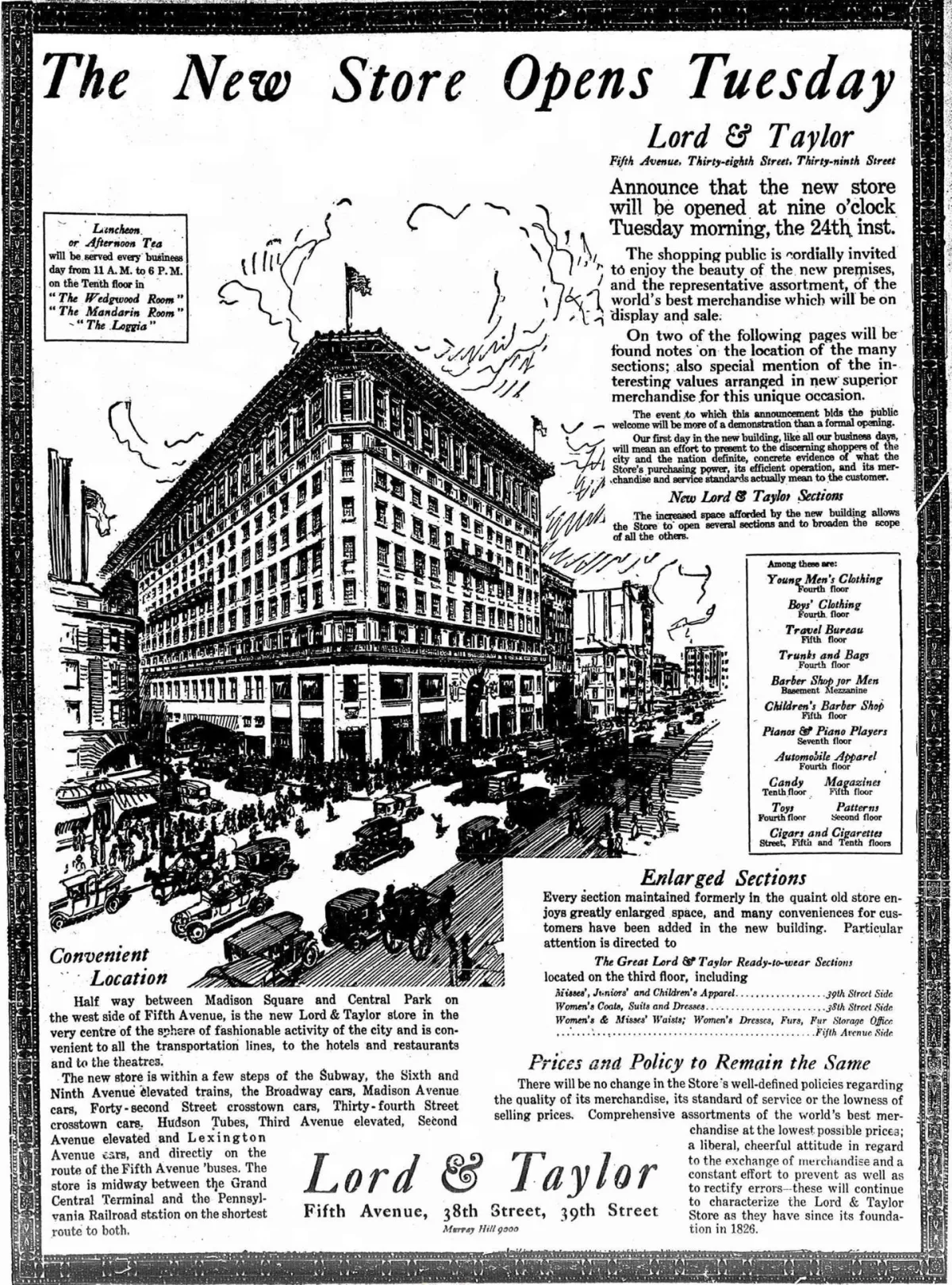
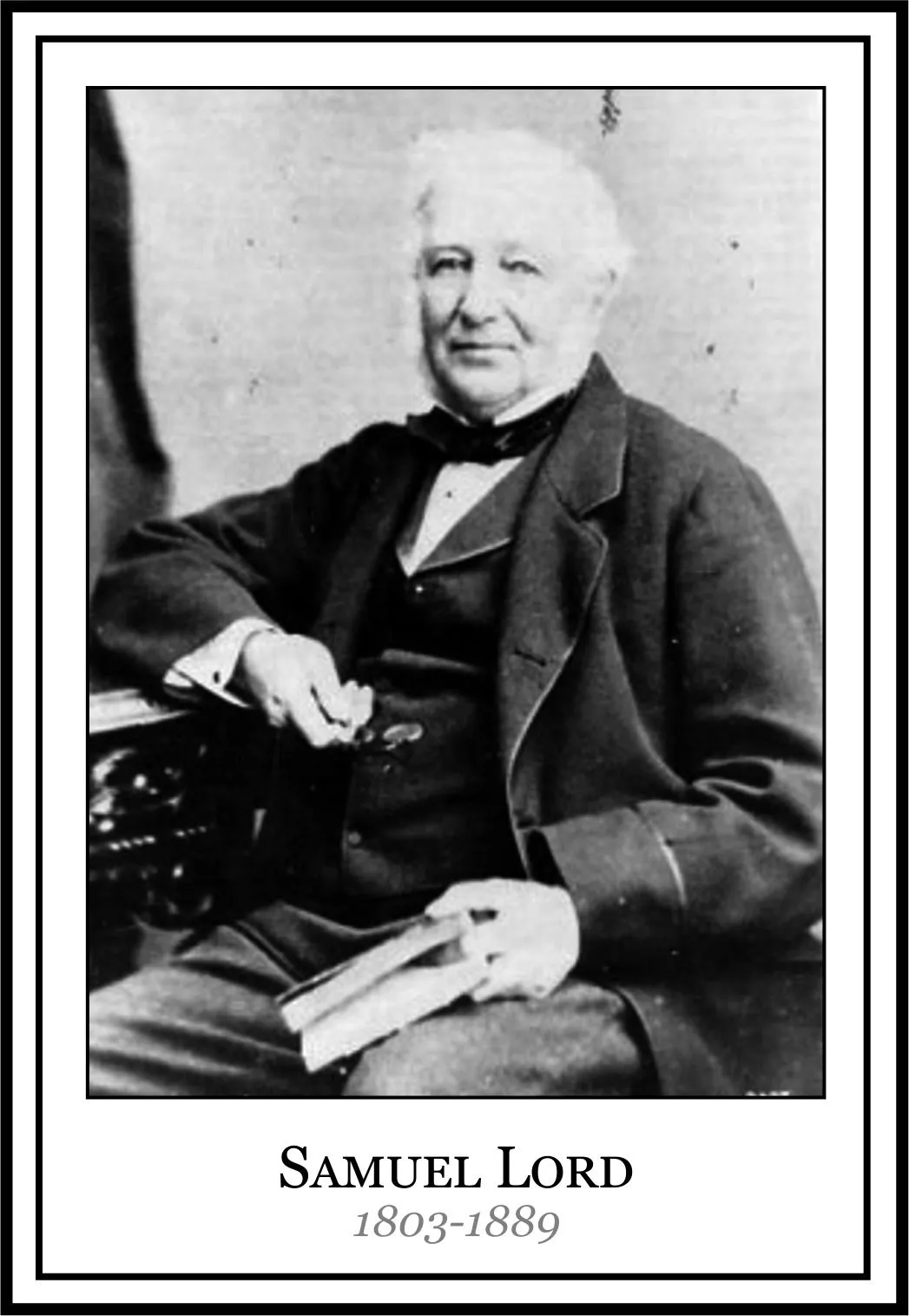
Upon Hatch's death in 1909, T. H. Emery, who guided the store's wholesale business, was elected president. Emery appointed Hatch's grandson, Wilson Hatch Tucker, as director of the retail division. During this time, a controlling interest in Lord & Taylor was acquired by the United Dry Goods, a retail-store subsidiary of the H. B. Claflin wholesale company.
A move to a new, 550,000 square foot edifice at Fifth Avenue and Thirty-Eighth Street, designed by well-respected architects Starrett and Van Vleck, occurred in 1914. The ten-story Italian Renaissance revival-style building, widely accepted as one of the most beautiful retail facilities in the United States, was clad in taupe-toned masonry with limestone trim, and featured a signature chamfer at the southeast corner of the store, expanding the vista down Thirty-Eighth Street from Fifth Avenue. The building contained many innovations, such as display windows that lowered themselves into the basement to be redecorated, a truck ramp to eliminate street-side deliveries, and a top floor roof garden for the benefit of employees. The beautiful street floor was clad in travertine and featured a ceiling of vaults supported on shallow jack arches that spanned from column to column,
As in 1872, though, the timing of the move and the investment required to accomplish it was far from ideal. The wholesale business of the H.B. Claflin company collapsed in 1914, leaving United Dry Goods and its subsidiaries in trouble. The solution to the problem was a brilliant one, and served to set Lord & Taylor on the path to even greater success than it had seen in its 88 previous years. Twenty-four New York banks assembled a credit package of 6 million dollars, and appointed Samuel Reyburn
(1873-1972)
as treasurer in order to represent their interests. Arkansas native Reyburn went on to become president of Lord & Taylor and then Associated Dry Goods (the successor to the failure of Untied Dry Goods in the 1914 Claflin debacle) as well, until his retirement in 1943. Under Reyburn, Lord & Taylor repaid its debts, shed its wholesale division, and took its place as one of New York's top fashion retailers.

The rest was nothing if not legendary as well. In 1931 she was elected vice-president, and was promoted to first vice president in 1937. When Walter Hoving resigned to explore other opportunities in 1945, Dorothy Shaver was appointed president, and in accepting the offer became the first woman to head such a large department store. Before taking the helm, she became a pioneer in encouraging American development in fashion design, which became a hallmark of Lord & Taylor, so much so that the store adopted the slogan "The Signature of American Style." To promote American talent in the fashion industry, she instituted the Lord & Taylor Awards for creative achievement in fashion, but her contribution to Lord & Taylor was much more than that. She is recognized as having developed the shop-within-a-store concept, instituting a "54 Shop" for women under 5'-4" in height, and other shops such as the store's legendary "Fantasia Shop" many other specialty shops under the Lord & Taylor roof that became a hallmark of the store.
It is no wonder that Dorothy Shaver was literally heaped with awards and honors, citing her for her "distinguished leadership in taste and fashion, commerce and philanthropy." Under her leadership, Lord & Taylor opened six beautiful outlying stores that featured beautiful and creative interiors that fulfilled her desire to promote the department store as "a beautiful place to shop.
It was under her leadership that Lord & Taylor developed its unique and beautiful "signature" logo that survived in many forms until the present day, which not only gave identity to the firm's far-flung collection of store buildings, but was also uniquely woven into Lord & Taylor's one-of-a-kind advertising style. The Iconic "Bird Cage" restaurant concept dates from this era as well, debuting on Manhattan in 1938
Sadly, because she died (of a stroke) at the age of sixty-six, she did not live to see the last of the stores she planned, in Chevy Chase, Maryland, which opened in 1959. Yet, the leadership she gave the store carried it through the 1960s and 1970s, as it followed a pattern of expansion into areas that its parent company, Associated Dry Goods did not serve, notably Chicago Detroit, and Texas. In 1976, the somewhat staid Fifth Avenue underwent a stylish renovation that augmented its marble-clad interior with beveled mirrors and potted palms.
As the department store industry consolidated and declined in the 1980s and 1990s, Associated Dry Goods was snapped up by the much less exclusive May Department Stores, and Lord & Taylor struggled for identity as its stores became much more like the May Company standards in Los Angeles, Denver, Cleveland and St. Louis. When May was swallowed whole by Federated Department stores, it was not possible to convert many of the former Lord & Taylor stores to the Macy nameplate, so the giant organization put the mark up for sale, after closing many of the stores opened in previous years.
Until its recent closing, Lord & Taylor rf is perhaps unique in carrying on its unique history that began long ago in 1826.

Fifth Avenue Store Directory
Street Floor
Fine Jewelry • Jewelry • Watches • Leather Goods • Gloves • Handbags • Scarves • Hat Bar • Belts • Hosiery • Fantasia • Cosmetics • Stationery • Bar Accessories • Notions • Les Must de Cartier • Street Floor Sportswear • Street Floor Blouses • Street Floor Sweaters
The Man’s Shop
Sweaters • Belts • Loungewear • Dress Shirts • Ties • Pajamas • Shirts • Accessories • Hosiery
• • • • •
Street Floor Balcony
Beauty Salon
• • • • •
Second Floor
Second Floor Sportswear • Second Floor Dresses • The Woman’s Shop • Career Shop • Town Shop • Spectator Dress Shop • Second Floor Evening Shop • Second Floor Coat Shop • Petite Collections • Butte Knit Collections • (Supermarket)
• • • • •
Third Floor
Sports Dresses • Designer Coats • The Salon • Evening Collections • 54 Shop • Calvin Klein Shop • Fur Salon • Bridal Shop • Importique • Designer Jeans • Contempora • (Glamour & Glitter)
• • • • •
Fourth Floor
Manhattan Shop • Negligees • The Tea House • Loungewear • Shape Shop • Lingerie • The Body Bar • At Home by Design • Career Shoes • Designer Shoe Collections • Etienne Aigner • Casual Shoes • (Scents of Christmas)
• • • • •
Sixth Floor
Young New Yorker
Shoes • Dresses • Sportswear • Accessories • Intimate Apparel • Pizazz • Young New Yorker Hairworks • Intermission Restaurant
• • • • •
Seventh Floor
Young People’s Floor
Boy’s Shop • Boys 4-7 Shop • Girl’s Shop • Girl’s 3-6X Shop • Flair • Toddlers’ Shop • Infants’ Shop • Layette • Children’s Accessories • Shoes • Toy Shop • Luggage Shop • (Teddy Bear Shop)
• • • • •
Eighth Floor
Furniture Galleries • Sleep Shop • Rug Bazaar • Far East Gallery • Lord & Taylor Design Studio • Lord & Taylor Gallery • Now & Then Shop
• • • • •
Ninth Floor
The Gift Shop • China • Silver • Glassware • Lamp Shop • Linens • Bath Shop • Household Bazaar • Americana Shop • The Closet Shop • (Christmas Bazaar)
• • • • •
Tenth Floor
The Man’s Shop
Sportswear • Clothing • Shoes & Hats • Robes & Loungewear • College-Alumni Shop • Designer Jeans • Luggage • The Soup Bar
(550,000 sq. ft.)
• • • • •

Branch Stores
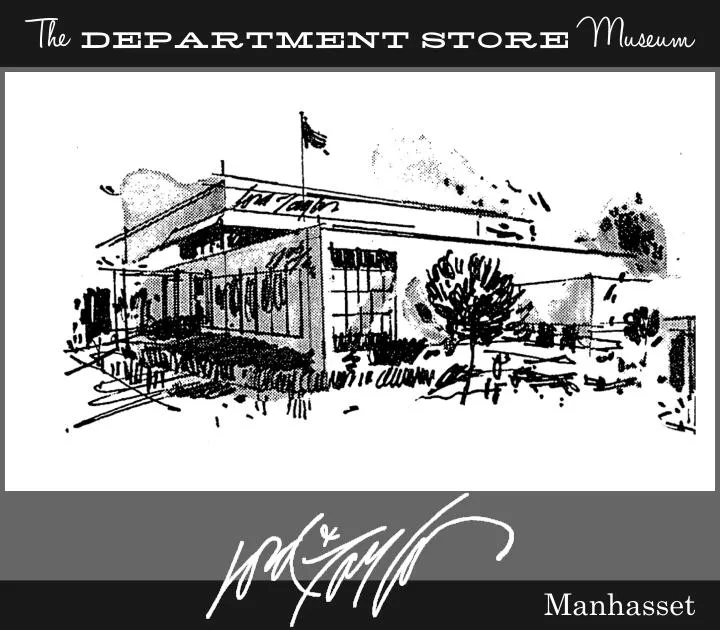
Manhasset
Northern Boulevard at Shelter Rock Rd.
56,000 Sq. Ft.
May 27, 1941
The Bird Cage
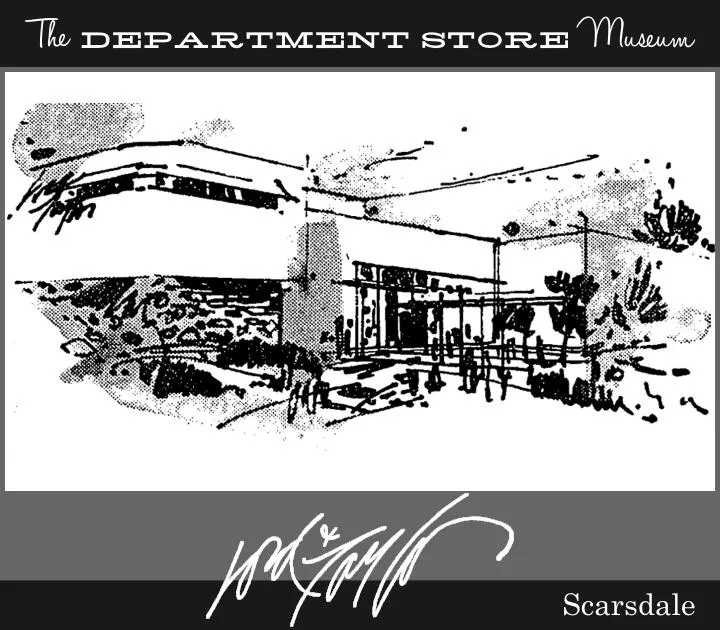
Scarsdale
750 White Plains Rd.
120,000 Sq. Ft.
February 26, 1948
The Bird Cage
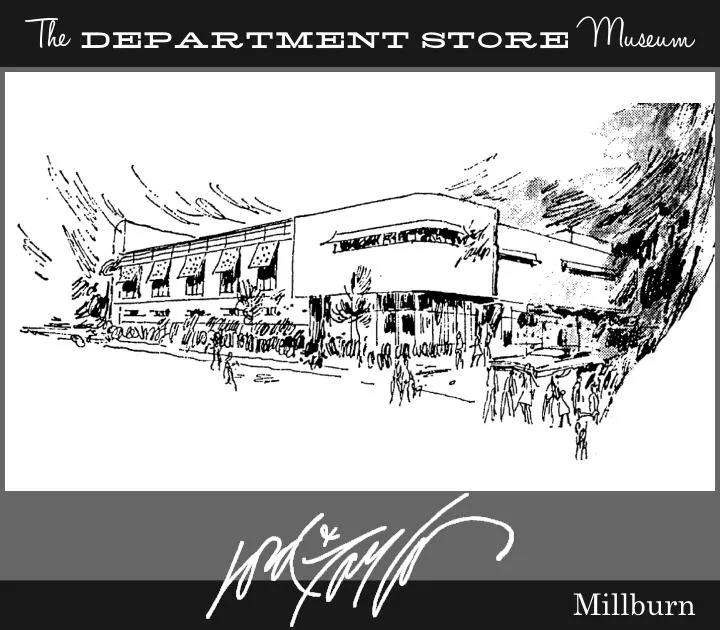
Millburn, NJ
Millburn & Wyoming Avenues
82,000 Sq. Ft.
February 9, 1949
The Bird Cage
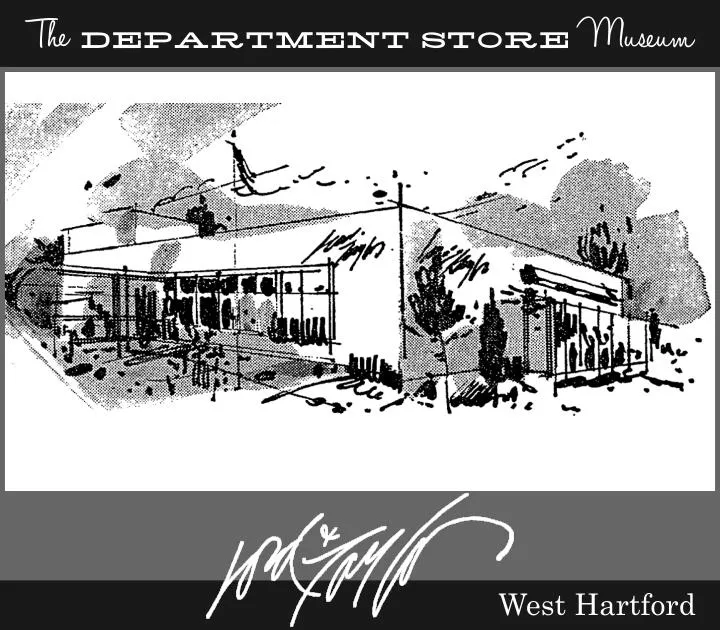
West Hartford, CT
Bishop's Corner
120,000 Sq. Ft.
February, 1953
The Bird Cage

Garden City
1200 Franklin Ave.
154,000 Sq. Ft.
February, 1956
The Bird Cage
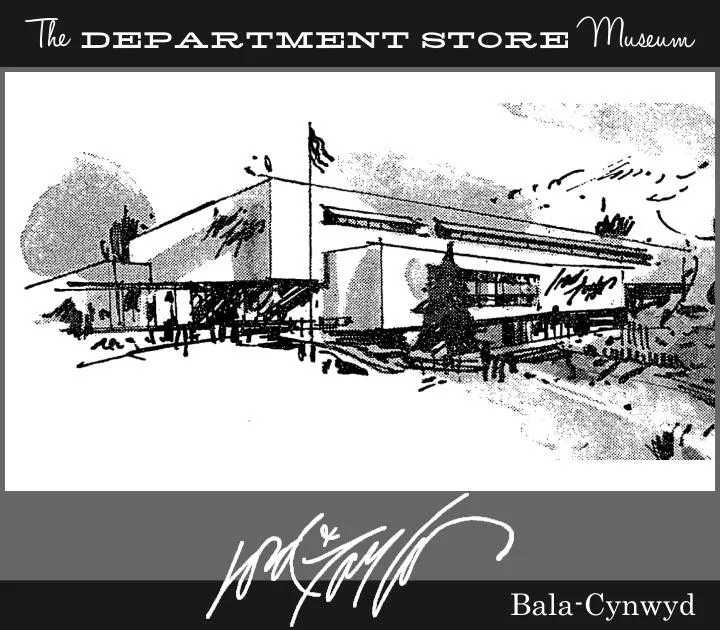
Bala-Cynwyd, PA
City Line & Belmont Ave.
120,000 Sq. Ft.
February 21, 1955
The Bird Cage
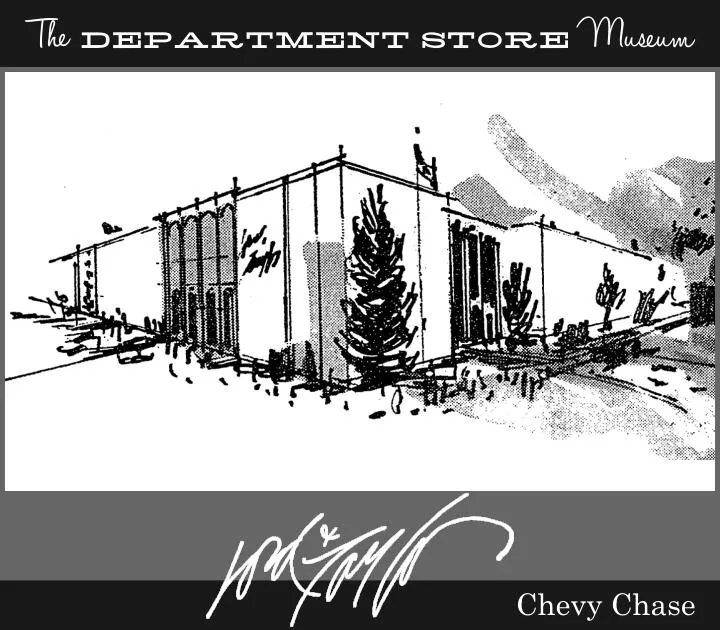
Chevy Chase, MD
5255 Western Avenue
135,000 Sq. Ft.
September, 1959
The Bird Cage
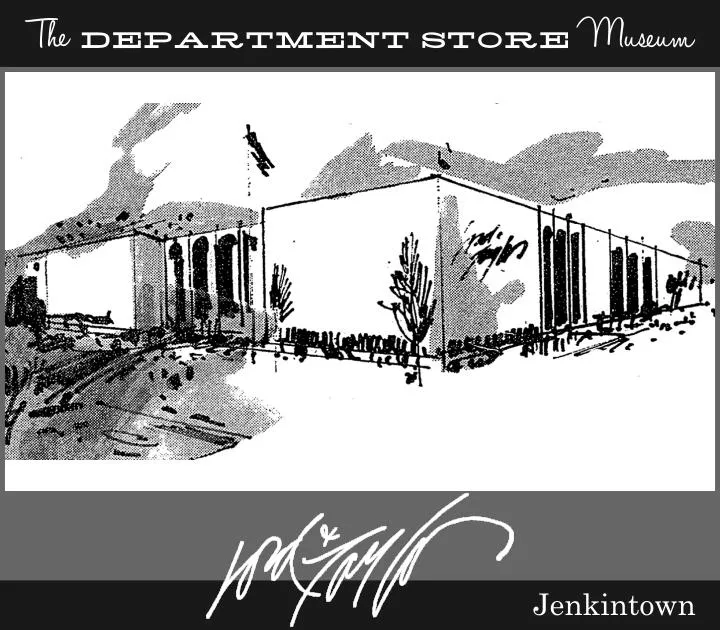
Jenkintown, PA
332 Old York Rd.
150,000 Sq. Ft.
April, 1964
The Bird Cage
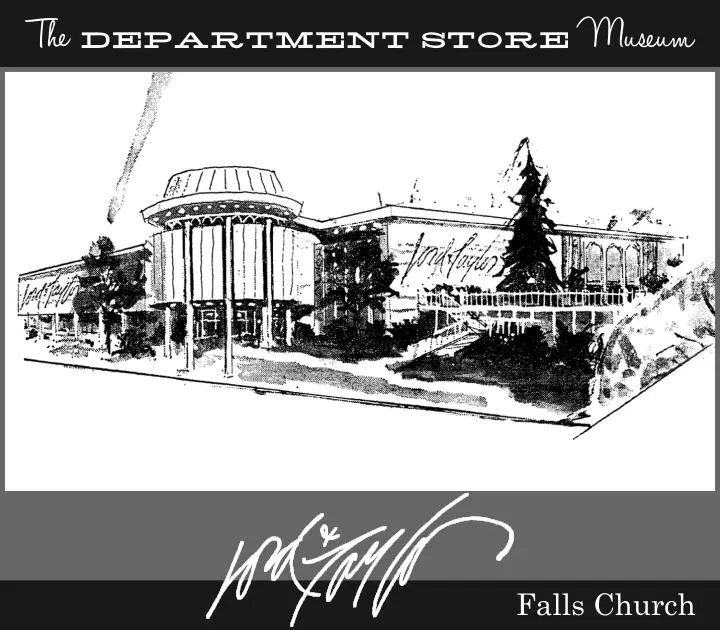
Falls Church, VA
At Seven Corners
155,000 Sq. Ft.
October, 1965
The Bird Cage
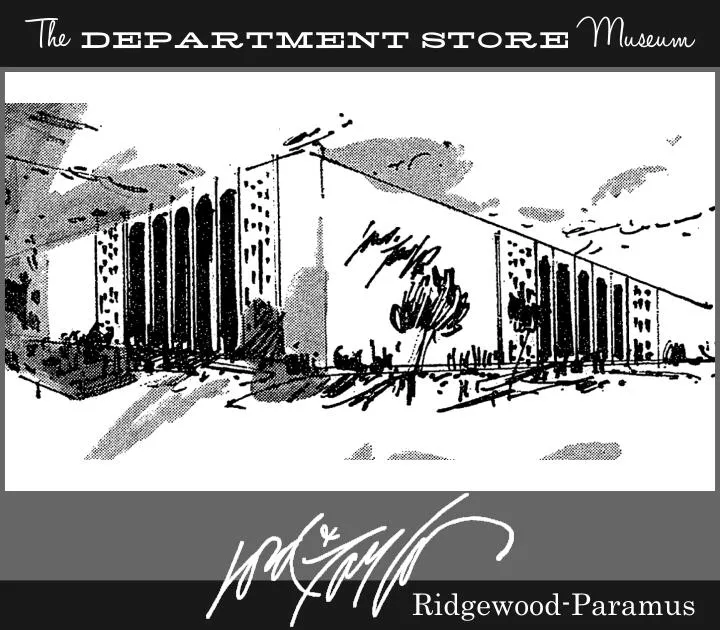
Ridgewood-Paramus, NJ
The Fashion Center
155,000 Sq. Ft.
1967
The Bird Cage
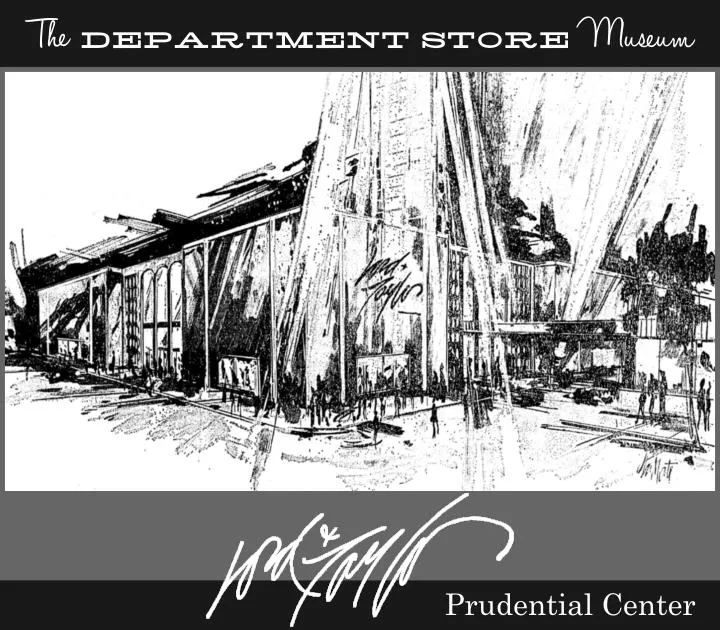
Boston, MA
Prudential Center
125,000 Sq. Ft.
1968
The Bird Cage
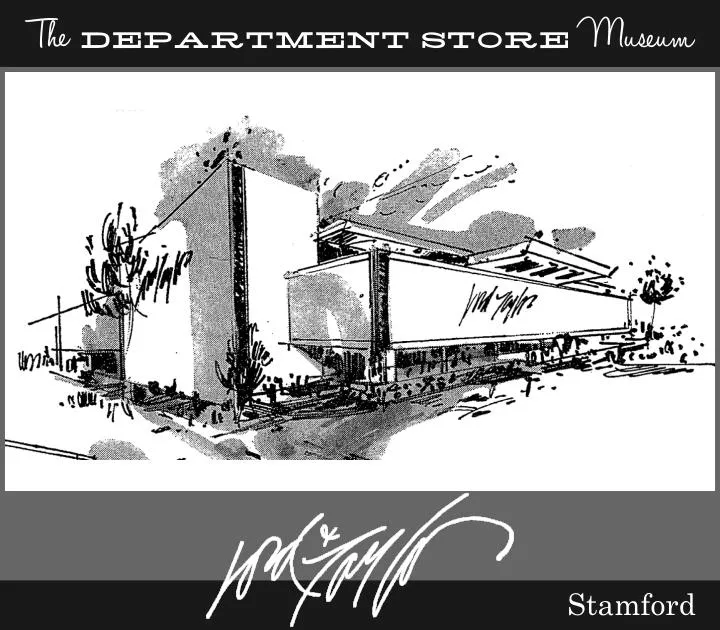
Stamford, CT
110 High ridge Road
155,000 Sq. Ft.
1969
The Bird Cage
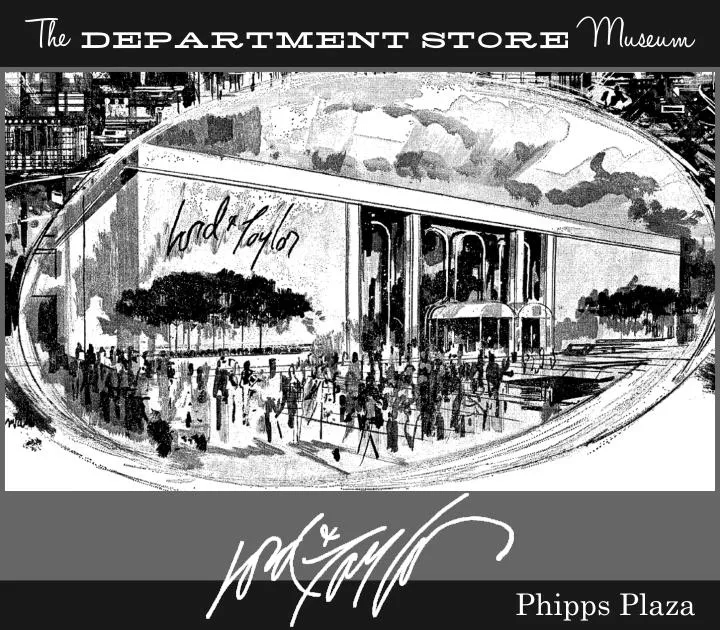
Atlanta, GA
Phipps Plaza
121,000 Sq. Ft.
1969
The Bird Cage
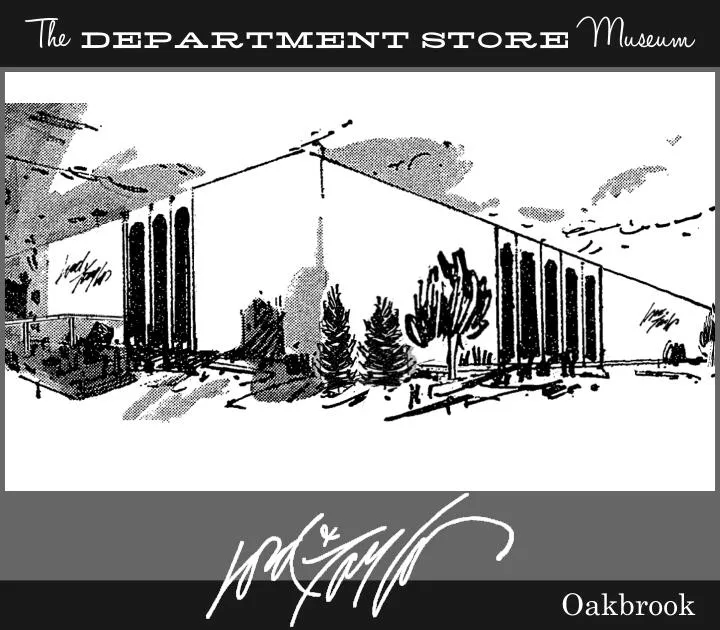
Oakbrook, IL
Oakbrook Center
102,000 Sq. Ft.
1973
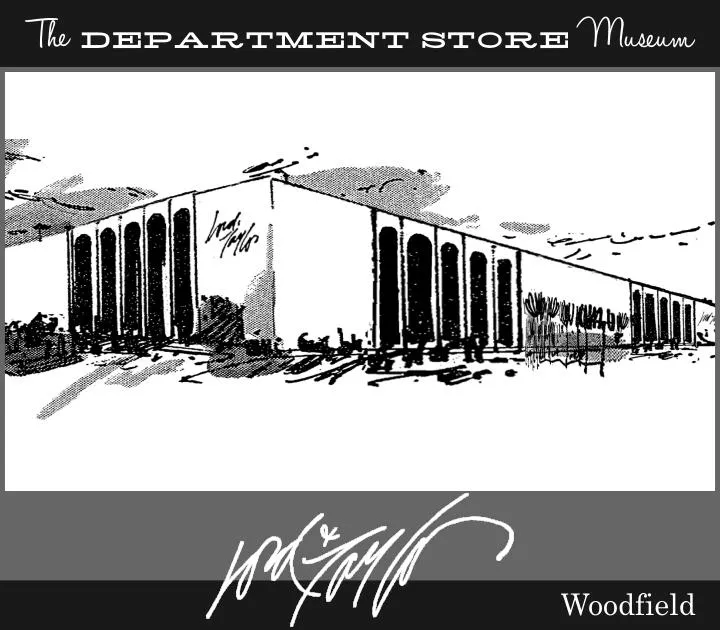
Woodfield
Schaumburg, IL
120,000 Sq. Ft.
1973
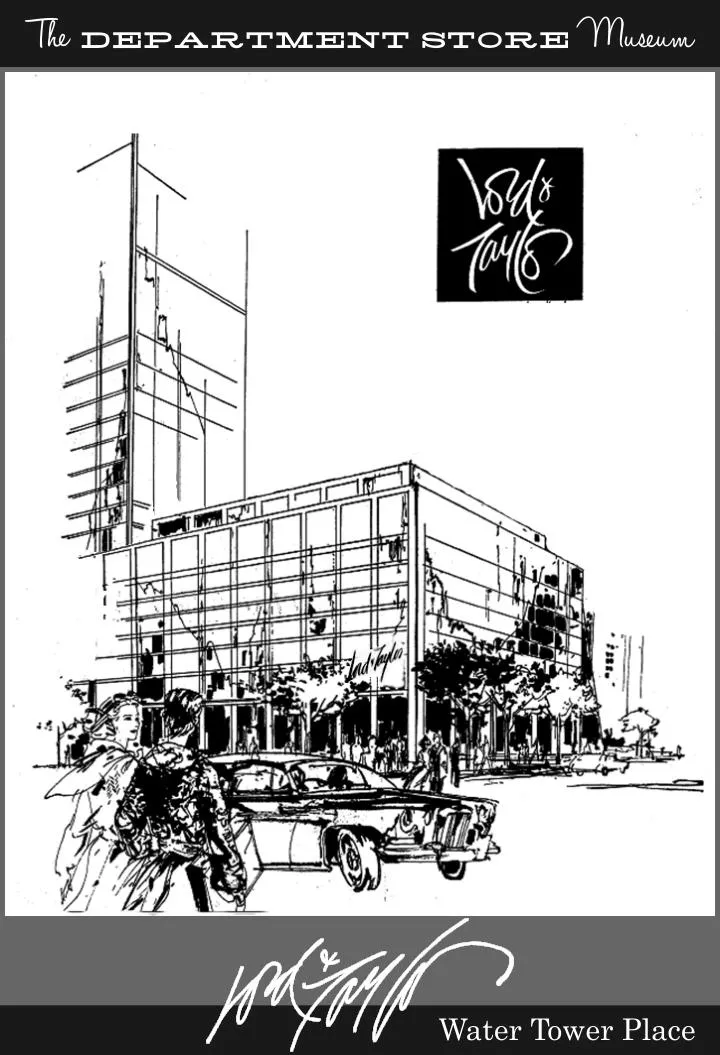
Chicago
Water Tower Place
845 N. Michigan Avenue
140,000 Sq. Ft.
1975
